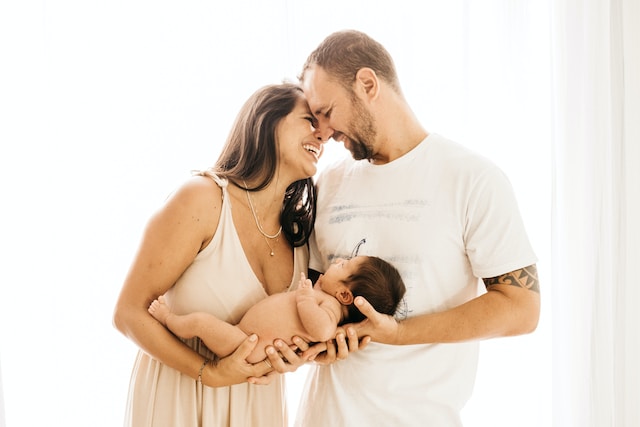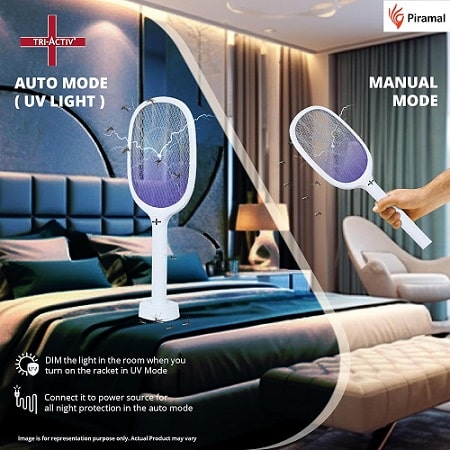The ideal window to start potty training is between ages 2 and 3 when your toddler starts showing signs they are ready. These signs include being able to follow simple instructions, staying dry for longer periods, telling you when they need to go, and showing curiosity about the toilet.
Don’t feel pressured to start until your toddler seems interested and able to start grasping the concept.
Rushing into it too soon can set the process back.
Establish a Routine
Set up a flexible routine around your toddler’s natural potty rhythm. Take them to sit on the potty or toilet a few consistent times during the day – first thing in the morning, after meals or naps, and before bathtime. Use reminder prompts before going, but never force them to sit longer than they want if they don’t go. Praise them for trying and be consistent with the routine.
Use Potty Training Tools
Introduce a potty training doll and read books to demonstrate going to the toilet. Let your toddler pick out fun, character underwear as motivation. Use sticker reward charts allowing them to earn a small treat when they are successful with a potty or toilet trip for positive reinforcement. Consider a training seat and step stool so they are comfortable.
Have Patience
Accidents will happen during the process which can be frustrating – for you and your toddler. Never punish; discipline doesn’t help. Stay calm, reassure them that accidents are okay, and help clean up together. It takes time for toddlers to learn this bodily skill. With a caring attitude rather than anger or disappointment, your toddler will learn at their own pace.
Use Positive Reinforcement
The most effective way to potty train is with positive reinforcement using incentive systems like praise, hugs, high-fives, and sticker charts. Celebrate successes enthusiastically with their preferred reward like a fun song, an extra story at bedtime, a special treat or colourful sticker on their chart. This positive feedback loop motivates toddlers to keep using the potty.
Ditch Nappies Gradually
The first step is having your toddler get familiar with the potty and toilet while still in nappies. Then move to disposable training pants or regular underwear. Switch between nappies or pull-ups during naps/overnights and underwear when awake and supervised. As accidents decrease, try underwear full time but bring an extra change of clothes and extra cleaning supplies when you go out in case of accidents.
Watch for Signals
Tune into signals when your toddler is first learning to use the potty so you can prompt a bathroom trip. This may include squatting down, grabbing at a nappy, having a sudden change in activity or facial expressions. Respond quickly if you see them start to go accidently – don’t scold, just gently help change clothes. Identifying signals prevents many accidents.
All of these tips apply to foster children too, although you may need to wait until a child is settled in your home before attempting potty training. If the child is with you on a short-term placement, check with your foster agency, such as Active Care Solutions, where they are on their potty training journey, so any attempts at potty training are consistent.
Read More: 6 Things to Keep in Mind When Buying Toys for Toddlers
Stay Positive
Try not to become irritated by potty training frustrations. Your attitude affects your child’s confidence to learn this new skill. Give support and encouragement even when you have to clean up multiple accidents.
With patience and positivity, your toddler will get there before you know it – waking up with a dry nappy, communicating urges to go, or being fully toilet trained day and night.
Celebrate every step!


